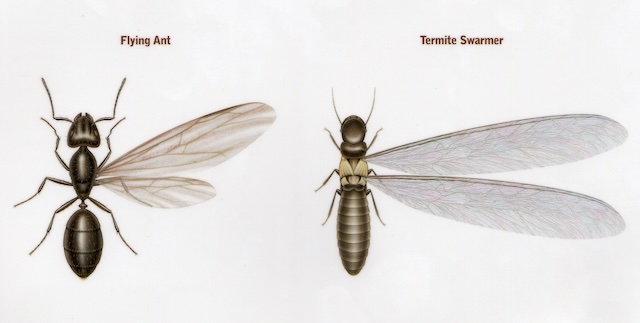People often mistake carpenter ants for their less damaging cousins, but they are actually much more dangerous to your home’s structure. In this helpful guide, we’ll solve the secrets of carpenter ants by looking at how they act, the damage they might do, and most importantly, how people can keep these silent destroyers out of their wooden homes.
The Architects Who Hurt Wood
While sidewalk ants may only be a bother, carpenter ants are skilled builders that can do a lot of damage. These hardworking bugs don’t eat wood; instead, they dig holes in it to build houses. As a result? wood buildings that have been hacked and can become weaker over time.
Signs That You Have a Carpenter Ant Problem
Shavings of wood: Frass, a material that looks like sawdust, found near breeding sites is one of the first signs of a carpenter ant problem. This is something that happened because they were tunnelling.
Activity that can be heard: Even though carpenter ants are usually quiet, you can sometimes hear them working. Carpenter ants might be active if you hear light rustling sounds coming from inside your walls.
Weakened Wood: When carpenter ants dig galleries into wood, the places they’re working on become less stable. Quick detection is necessary to avoid serious damage.
Problems with Wood: How Carpenter Ants Get into Wet Areas: Carpenter ants like wood that is wet or breaking down. Fixing problems with wetness in and around your home is one way to keep these wood-destroying insects from coming to your property.
Connection between Tree and House: Carpenter ants can get into your property through trees whose branches touch your house. Regularly cut back trees and keep the area around your house clear to get rid of this possible entry point.
Cracks and Gaps: Carpenter ants can get into your home through small cracks and gaps in the outside, even though they are bigger than pavement ants. Do regular checks and plug any gaps to stop them from getting in.
Tips for Homeowners on How to Protect Your Wooden Haven
Stopping moisture: Make sure there is enough air flow and fix any leaks right away. Carpenter ants will be less likely to come into your home if you lower the moisture levels.
Quick Fixes: If you see any signs of carpenter ants or damage to the structure, you should fix it right away. Making fixes on time can keep your home safe and stop it from getting worse.
Professional Pest Control: If you have a problem with carpenter ants, you should usually get help from a professional. Professionals in pest control can find places where pests like to nest, figure out how bad the problem is, and use specific treatments to get rid of the problem for good.
Carpenter ants don’t eat wood like termites do, but the way they build their nests can damage your home’s wooden structures. By learning how they act, spotting signs of an invasion, and taking preventative steps, people can keep their wooden homes safe from the subtle threats that carpenter ants pose. Remember that the best way to protect your home from these quiet destroyers is to stop them before they happen.
